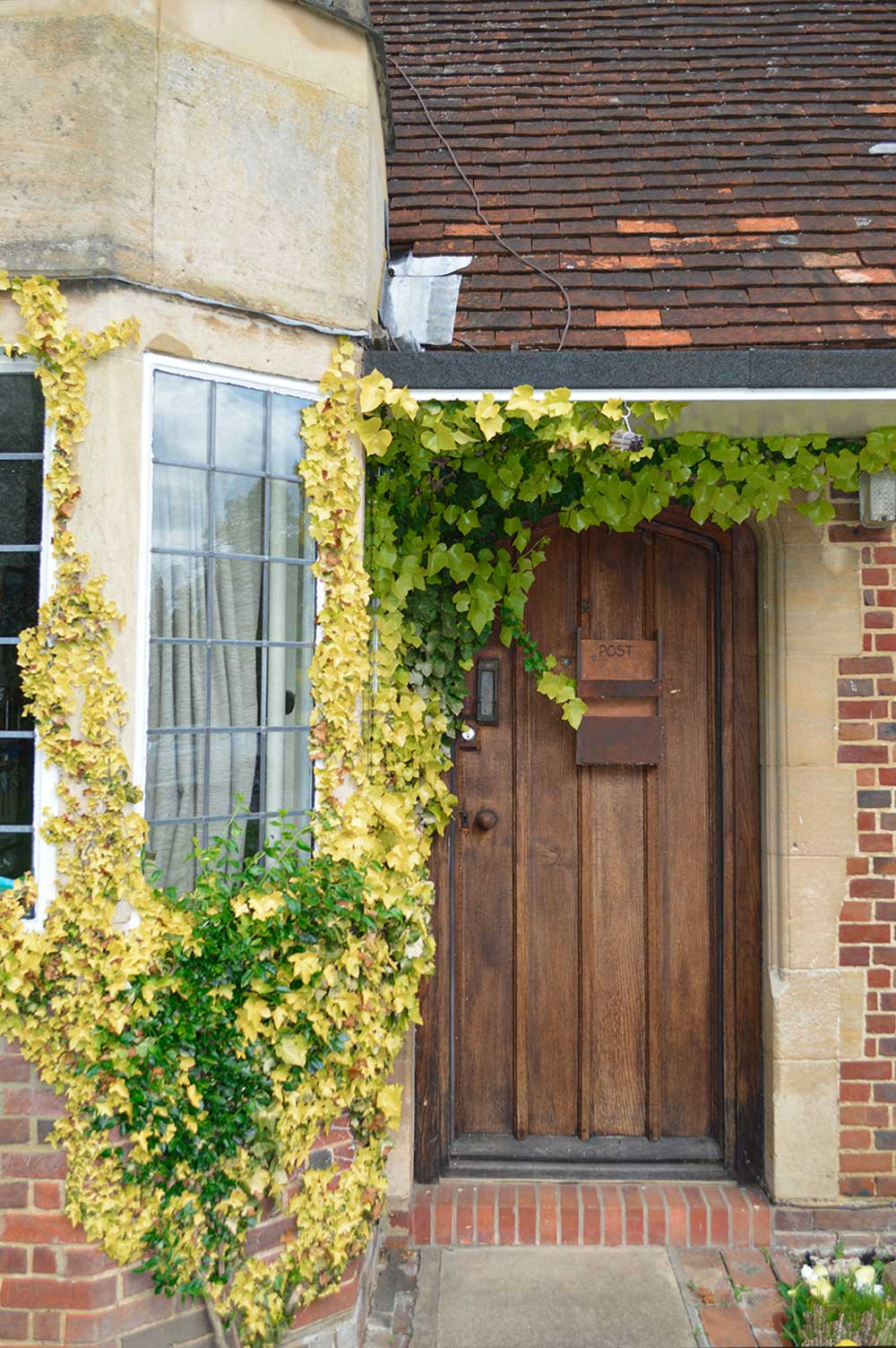Sampson’s History
Introduction
Almshouses can be considered as the earliest form of social housing. The history of almshouses stretches back to the 10th Century the first being founded by the Saxon King Athelstan in York. The oldest still in existence, is the Hospital of St. Cross in Winchester dating to about 1132.
Almshouses were, typically, founded by the Church or wealthy benefactors to enable elderly people who could no longer work to earn enough to pay rent to continue to live within their communities.
In terms of the, later, Farnham almshouses and in particular the history of Sampson’s it is relevant to give the background to Farnham’s brewing tradition. Hops were introduced into the area in 1597 and took over many of the fields and gardens around the town. Whole families would take part in the annual harvest. Farnham became a natural centre for brewing; barley, the other natural ingredient, was also grown on many farms, and the crop passed on to local maltings, including the surviving building off Bridge Square. Part of the building had originally been a tannery but was acquired in 1845 by John Barrett, who converted it into a brewery, adjacent to his Red Lion pub; from the 1850s he benefitted from the opening of Aldershot garrison, opened numerous pubs across the area, and by the 1870s was able to extend his premises along the riverfront.
Sampson’s Almshouses
In Farnham there are 5 Almshouse charities, the earliest having been founded in the 17th Century. The second oldest are the Sampson’s almshouses which were founded in the middle of the 19th Century.
Sampson’s Almshouses owe their existence to the hop and brewing industry which was still very important in Farnham and the surrounding area during the 17th and 18th Centuries.
Robert Sampson moved to Farnham from Devon in the early 1800s and bought the East wing, of what is now, the Farnham Maltings in Bridge Street, and set up as a maltster. The Sampson’s name can still be seen on the gable of his cottage in Bridge Square. The easternmost part of the building, which was originally separate, had been acquired in 1830 as a maltings by Robert Sampson, and later developed by his son as Sampson & Sampson. In 1881 they were bought out by John Barrett and in 1890 the whole complex was acquired by the local rival, George Trimmer of the Lion Brewery. The concerns were amalgamated as Farnham United Breweries.
In 1854 the Sampson family gave 5 cottages in Mead Lane for use as almshouses, founding the Sampson’s Trust. Rather sadly, these dwellings fell into disrepair, finally deteriorating into a dangerous state in the 1930 and the land finally disposed of in 1948. Fortunately for the Sampson’s Trust, the Charity was bequeathed land, in the will of Alan Thomas Andrew of Coxbridge farm, on the North side of West Street and, the Architect, Harold Falkner was commissioned to design new cottages.


The terrace of 5 dwellings was constructed, in the vernacular style, facing West street and the building was formally opened by the Lord Bishop of Guildford, the Right Reverend Harold John Greig on 28th April 1938.
The residential accommodation was further extended in 1977 with the construction of 11 new bungalows.
Sampson’s is governed and managed by 6 Trustees, all volunteers, who live locally and the link with St Andrew’s Parish Church, and the Church of England, is maintained by the appointment of the Rector of St Andrew’s as an “ex officio” trustee.
Contact us
If you have any questions regarding the almshouses or the application process, please contact us.